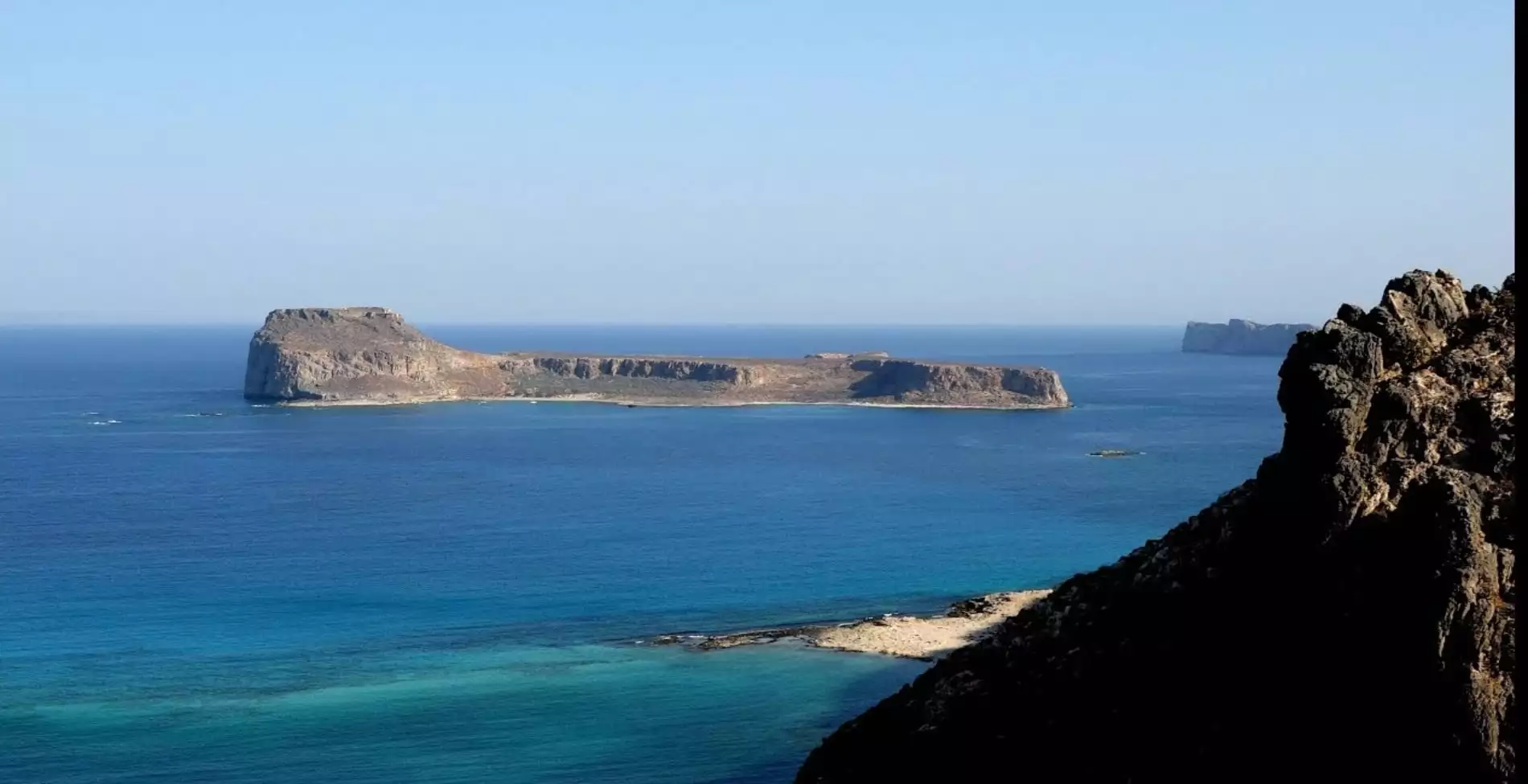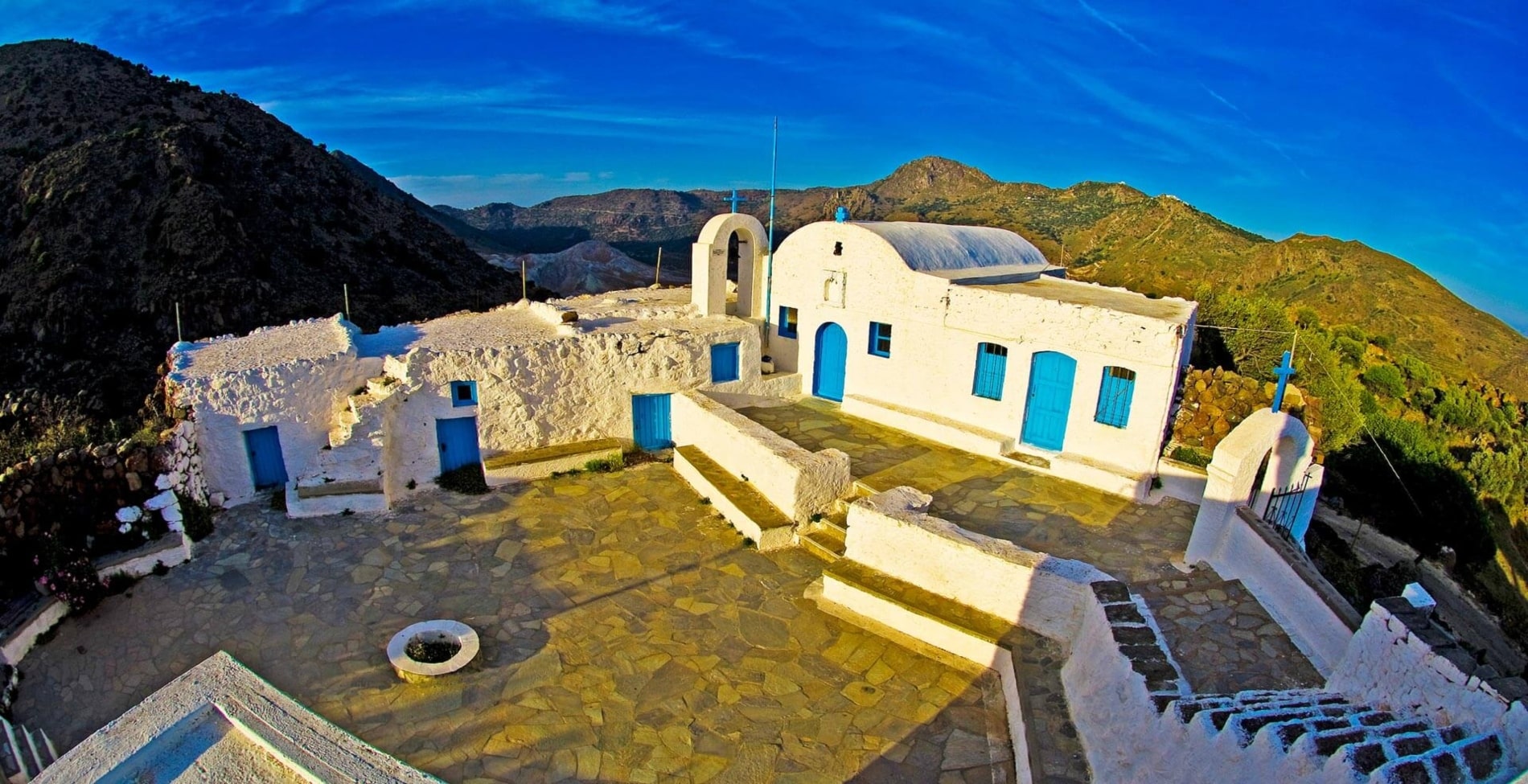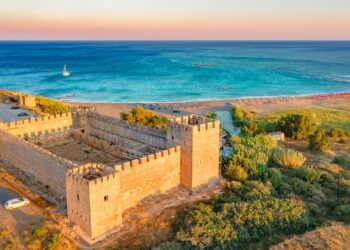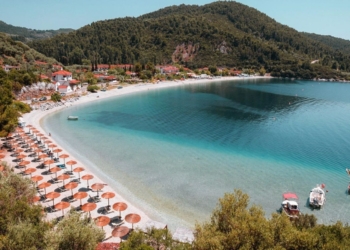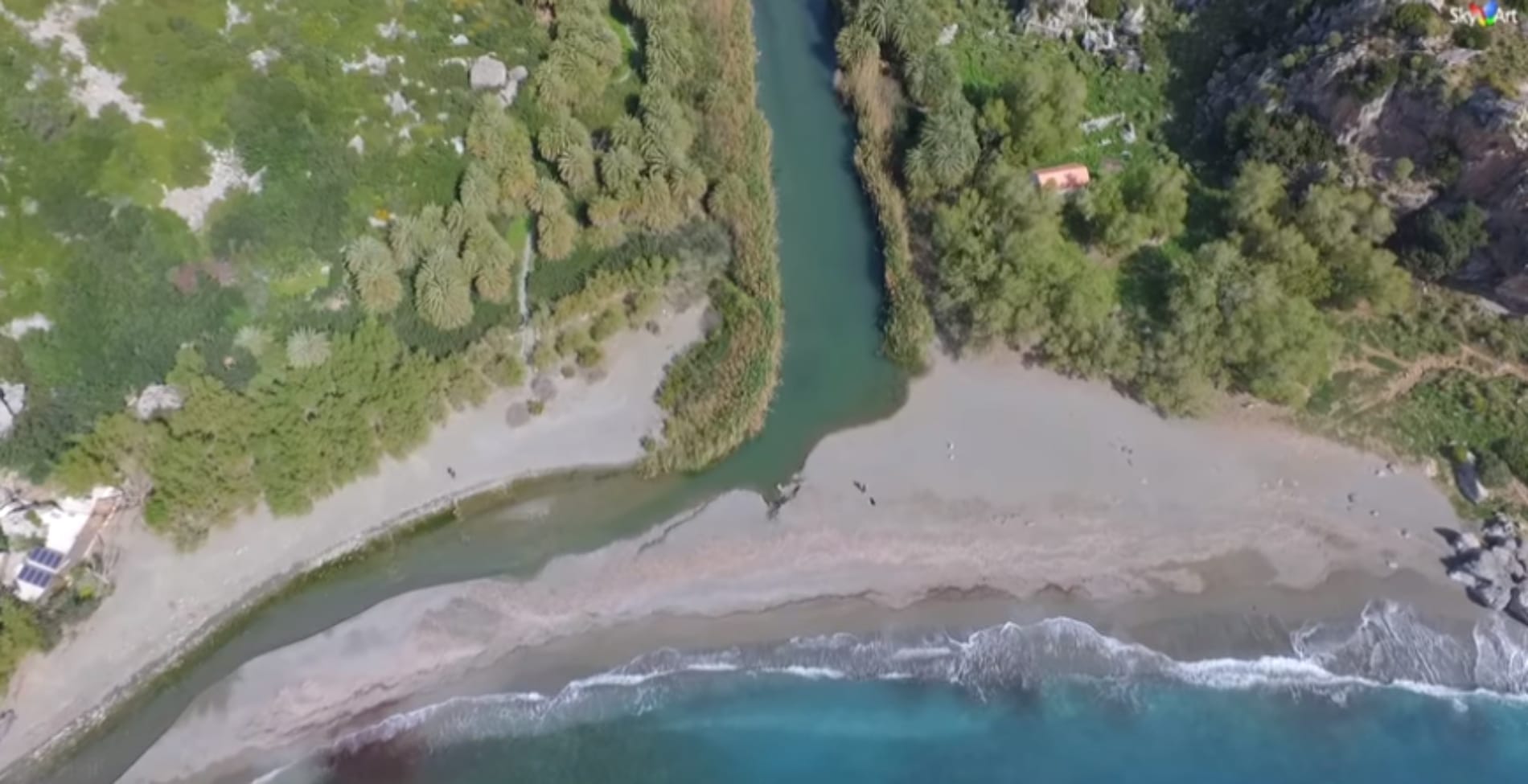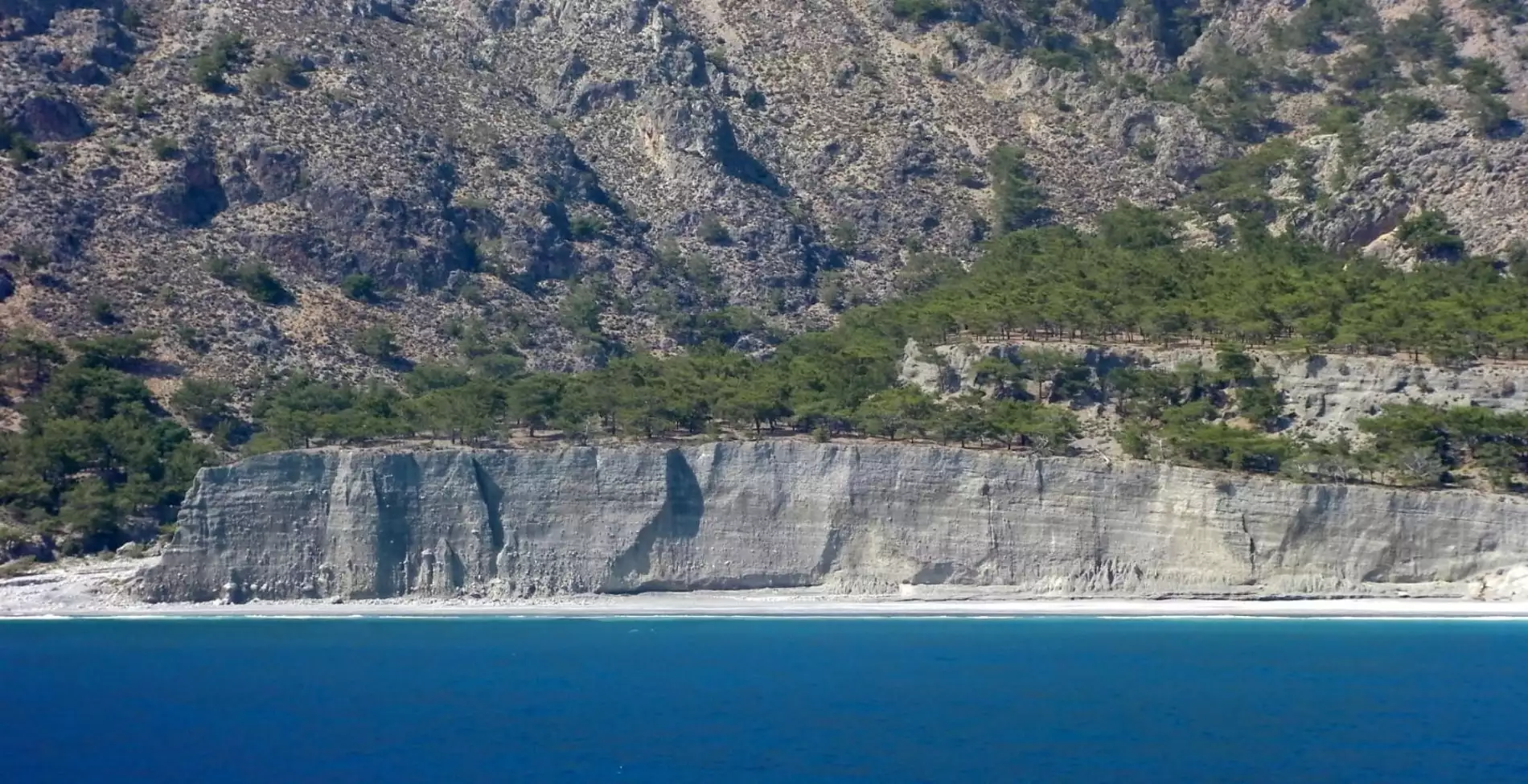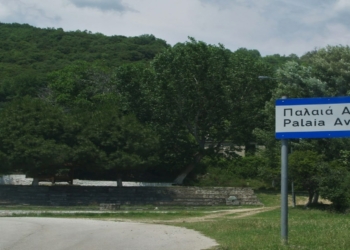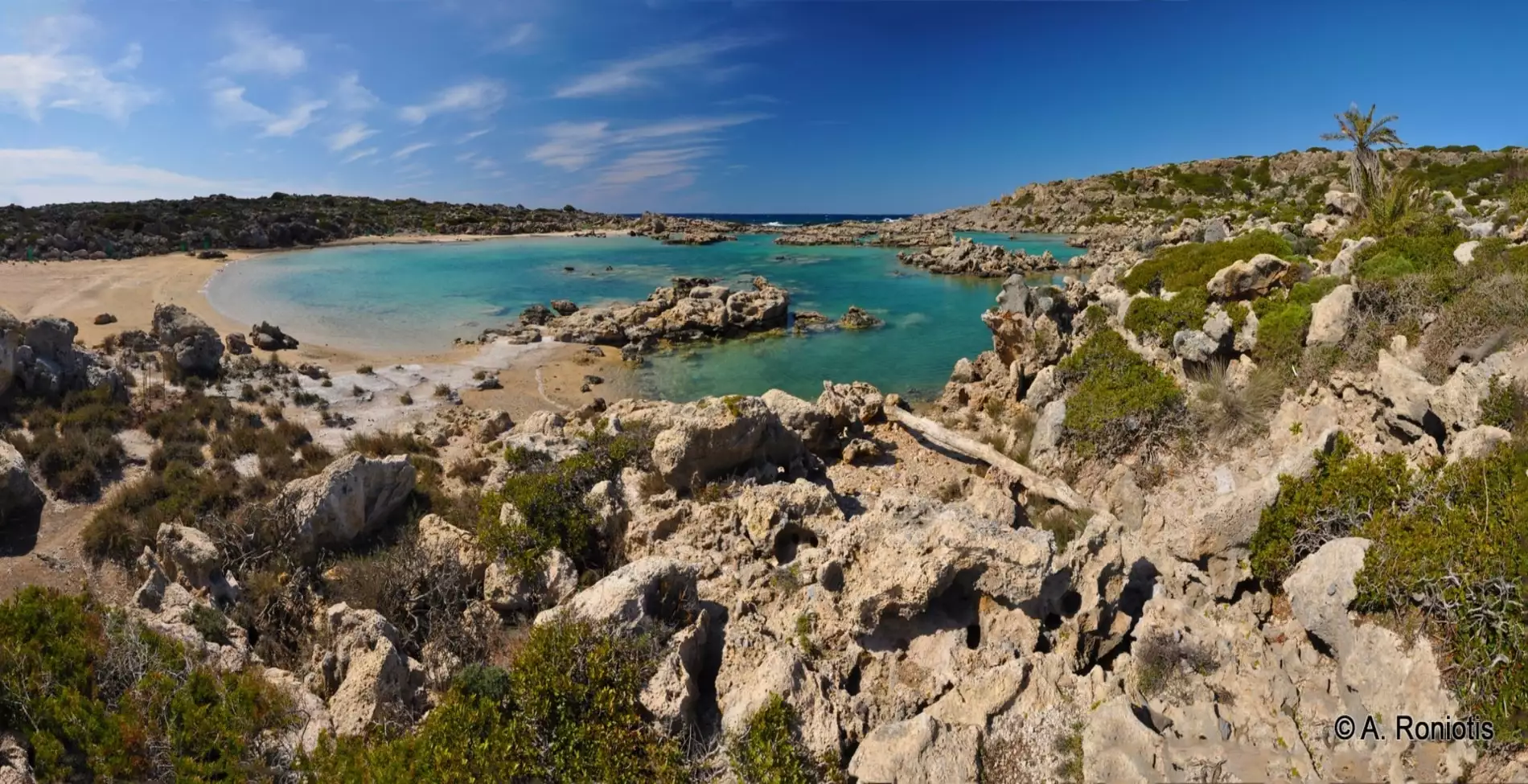The privileged position of Crete has always been a challenge for its occupation by many nations. Be it Phoenicians, Achaeans, Saracens, Arabs, Romans, Venetians and even pirates. One of the most famous pirate shelters in Greece is located at the northwest end of Crete. It is close to the lagoon of Ballos with its exotic waters. We are talking about the Greek pirate island of Imeri Gramvousa. The pirate kingdom.
The pirate kingdom and its history
Imeri Gramvousa is famous for its beautiful beach, but also for its imposing Venetian castle. The island changed hands many times because of its strategic position and was always an apple of discord between Venetians and Turks. In later times, even the Greek pirates used it as a base. For three or a more years they were raiding and spreading terror in the Aegean Sea.
Gramvousa was originally the first part of Crete to be liberated from the Turks. It became a haven for more than 3,000 residents and the base of operations for rebel groups. From the free Gramvousa, the revolutionary bodies named “Kalisperides” were raiding and spreading terror to the Turks, who, as a distraction, also organized the Zourides, armed bodies of men, which set traps to the Christians.
However, due to the very difficult living conditions, the Gramvousian people systematically indulged in piracy. During a period, all passing ships between Gramvousa and Antikythera island were raided indiscriminately. This, at one point, raised the public opinion in Europe against the pirates. With the agreement of the Greek Government, the fleets of England and France occupied the castle located on the island in 1828 and expelled the pirates. With the signing of the protocol of London, Crete remained occupied by the Turks and in 1831 the Russian garrison of Gramvousa, handed the castle back to the Turks, to the great glory of international justice at that time.
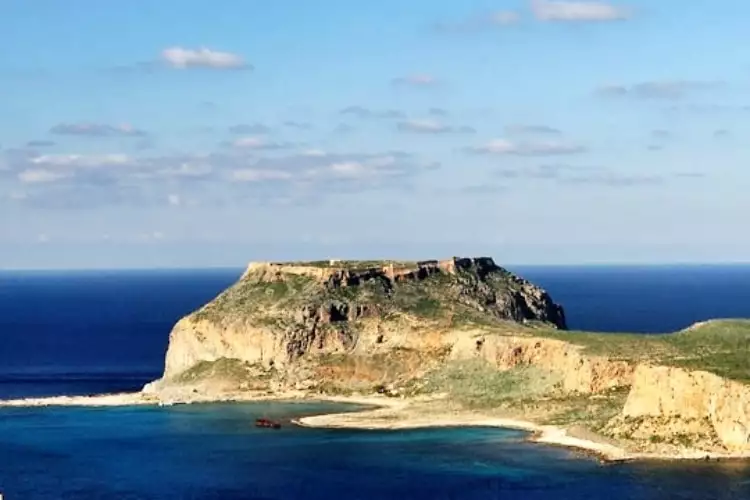
Panagia Kleftissa on the Greek island
One of the paradoxes that existed, had to do with a church that was on the island. The church was originally dedicated to the Annunciation of the Virgin Mary. Later, when the island was fortified and passed into the hands of the rebels,the church was named Panagia (Virgin Mary) Kleptapodocha (the smuggler) or Kleftrina (the thief) or Kleftissa (thief). The resident pirates went there kai took their voes asking her not to punish them for their raids. They believed that with God no one could take on. They dedicated a tenth of their prey to the church, begging for divine favour and help.
Exploring Greece you discover many such similar stories like the one with the Greek pirate-island…
The Greek village you only go to… either walking or by boat


